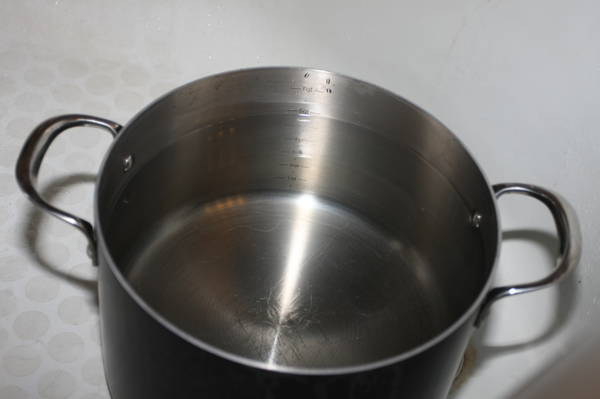So for you guys with fairly automated systems... How are you managing the strike water volume issue in an automated or semi-automated capacity?
More specifically.. Can you tell your system to transfer X volume from HLT to MLT and walk away for a few minutes while the pump does it's thing without worrying about moving too much water?
I have an idea on how to do this but I just wanted to make sure there wasnt already something available on the market..
JT
More specifically.. Can you tell your system to transfer X volume from HLT to MLT and walk away for a few minutes while the pump does it's thing without worrying about moving too much water?
I have an idea on how to do this but I just wanted to make sure there wasnt already something available on the market..
JT






























![Craft A Brew - Safale S-04 Dry Yeast - Fermentis - English Ale Dry Yeast - For English and American Ales and Hard Apple Ciders - Ingredients for Home Brewing - Beer Making Supplies - [1 Pack]](https://m.media-amazon.com/images/I/41fVGNh6JfL._SL500_.jpg)



























